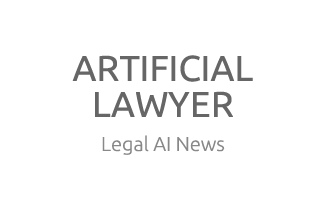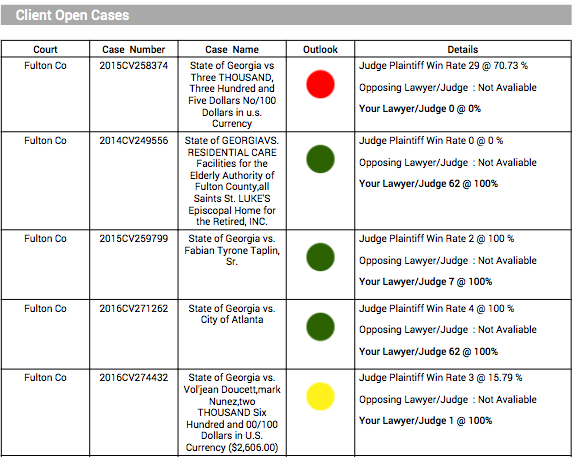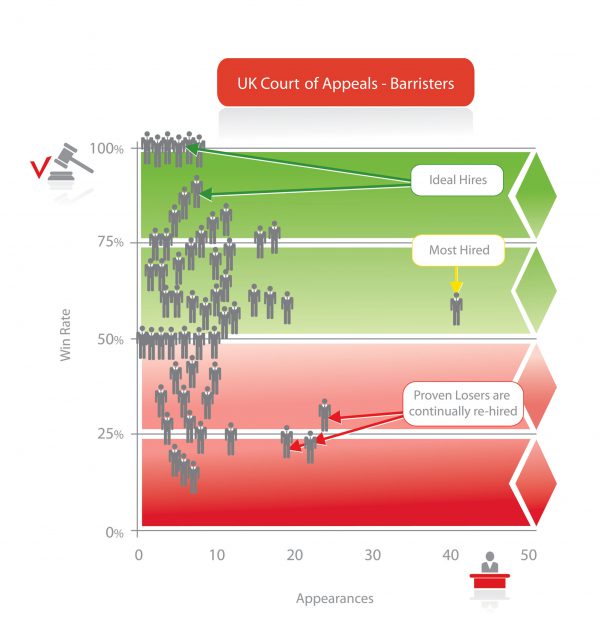Performance Metrics Give Some Law Firms The Edge
Performance Metrics Give Some Law Firms The Edge

Over recent years, a buzzword in legal services (at least from the consumers perspective) has been “transparency.”
The cost of legal services can dwarf that of big-ticket purchases like automobiles, yet the public has no reliable access to information on a lawyer’s past performance, or even a standard means to compare pricing.
It’s, therefore, no surprise that the demand for transparency is being consistently delivered from the client, general counsel and government body alike.
Just last year the United Kingdom’s Competition and Markets Authority (CMA) issued the results of a year-long study of competition in legal services:
“Overall, we have found that the legal services sector is not working well for individual consumers and small businesses. These consumers generally lack the experience and information they need to find their way around the legal services sector and to engage confidently with providers. Consumers find it hard to make informed choices because there is very little transparency about price, service, and quality.”
It’s easy to imagine how law firms might benefit from a murky status quo. Yet some of today’s most successful and innovative firms are joining the ranks of those calling for systemic change. What do they gain from transparency? And in an industry valued at well over half a trillion dollars worldwide that functions in some areas more or less as it has since the 19th century, why is this particular boat being rocked now?
The short answer is data.
Legal analytics is at the heart of the artificial intelligence breakthroughs (sometimes called lawtech) that are dominating industry headlines. While some observers have been swept away by some quasi-science fiction-worthy speculation about robot lawyers, the technology’s real impact is coming from making the vast amount of courtroom data already available in the public record, searchable.
Just as the existence of Google has created a framework for exploring the internet, legal analytics companies allow clients to see actual performance history of attorneys;
how often they win;
where they win;
what types of cases they truly excel in;
how long their cases take to close.
By cross-referencing these metrics, with information about how much their attorney’s bill per hour, clients can make much more informed decisions about the value of their representation.
Here at Premonition, we’ve developed a knack for identifying high-performing “outliers,” or lower-cost lawyers, whose courtroom track records often outstrip the expected high rollers, those who charge a high rate based on perception, rather than reality.
Some law firms, sensing the inevitable sea change taking place, have decided to embrace the advantages analytics confer. By offering performance metrics as part of their pitch to clients, these firms can provide the level of insight and hard data, that the modern buyer of legal services is starting to demand.
This also represents a chance to shape the story the numbers tell, emphasizing strengths and eliding weaknesses. Of course, for firms that have underperformed relative to their competition, seeing this deficit spelled out in cold, unemotional numbers can be a bracing experience. But legal analytics also present an opportunity for these firms to weed out weaknesses and become more effective litigators.
Research has shown that law firms are worse than random at hiring the best available lawyers, and many put stock in the conventional wisdom that doesn’t hold up to rigorous statistical analysis. Many of the world’s largest firms now use analytics in their hiring decisions, and a growing number are applying it to their day-to-day practice. As the Lord Chief Justice of England and Wales recently noted,
“Lawyers have to confront the fact that legal services will be organized and delivered very differently. For example, it is probably correct to say that as soon as we have better statistical information, artificial intelligence using that statistical information will be better at predicting the outcome of cases than the most learned Queen’s Counsel.”
While those robot lawyers remain more fable than fact, technically savvy firms regularly run AI-augmented analyses on the judges assigned to their cases. These analyses can reveal the judge’s bias toward or against certain attorneys, and even how amenable they may be to certain motions. By manipulating the circumstances that are within their control, such as by requesting a change to a friendlier venue or switching to a lawyer with a better record in front of the judge, firms can use analytics to increase their clients’ odds of success.
And let’s not throw the baby out with the bathwater because even here at Premonition towers, we understand that data and numbers can only ever play a partial role in how clients choose their representation.
As any marketer will readily admit, these decisions will continue to involve both head and heart. But those firms that are best able to take advantage of the performance edge offered by legal analytics, and to weave performance metrics into how they court potential clients, will likely find themselves ahead of the game in the years to come.
For more information on Premonition and Legal Analytics, visit our site : www.premonition.ai







